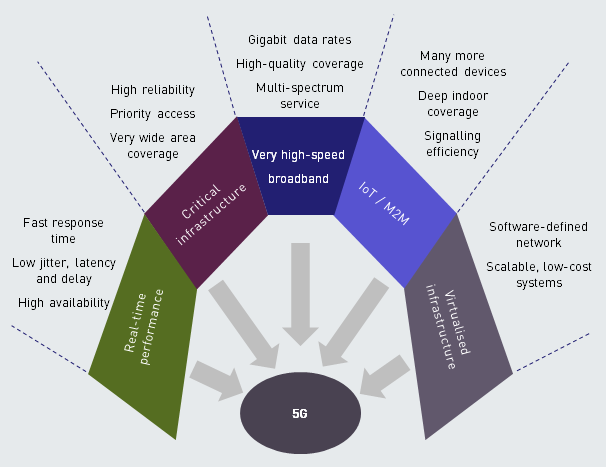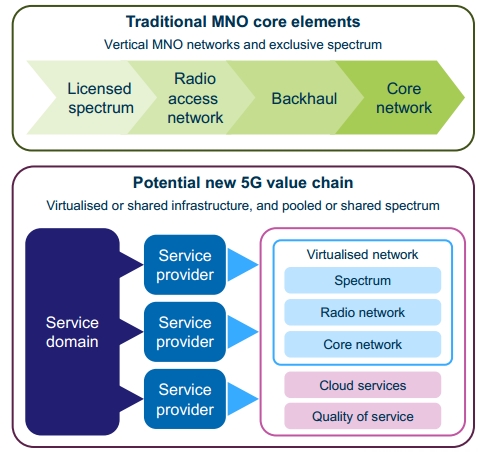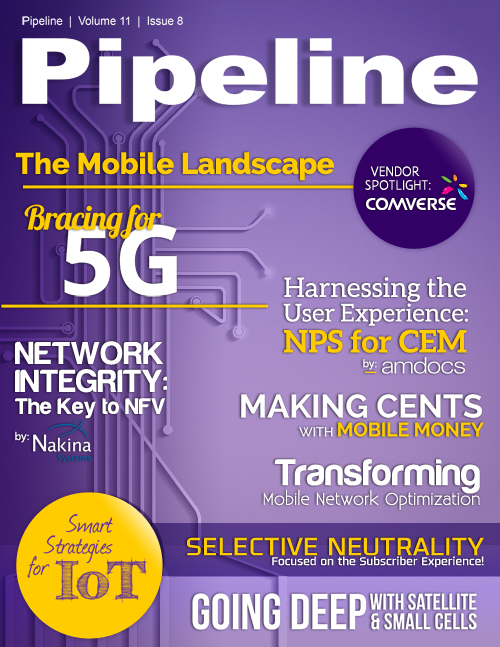Bracing for 5G
By: Jesse Cryderman

As we begin 2015, global mobile network operators have launched 360 commercial 4G LTE networks in 124 countries, and this number will likely reach 450 by the end of the year. The next evolution, LTE-Advanced (LTE-A) is also rapidly taking shape, with 49 commercially launched LTE-A systems in 31 countries. The commitment to 4G LTE is clear, the investment is massive, and the results are obvious in terms of mobile data usage-- 4G users consume about twice the mobile data as non-4G users.
With all of the activity around 4G, and so much work left to be done (the average global penetration of 4G LTE is just 3.88%), is it worthwhile to talk 5G? And, if so, what are some actionable strategies for network operators today?
5G is more than hype
Even as operators are spending billions to evolve mobile networks to 4G LTE, the path to 5G is being carved, and it is no longer hype. In fact, most of the technological developments today-- NFV, SDN, HetNets, small cells, MIMO, carrier aggregation, the Internet of Things (IoT)-- will play a major role in the evolution to 5G. This means the groundwork for 5G can be laid, even as 4G LTE networks are being deployed. Some of these network developments that enable user requirements for 5G are illustrated in Figure 1 below.

Fig 1: 5G Technology Drivers, courtesy of Analysys Mason, 2014
Beyond the prospect of being considerably faster than existing technologies, 5G holds the promise of applications with high social and economic value, leading to a hyper-connected society in which mobile will play an ever more important role in people’s lives. Departing from the ways in which previous xG iterations have been defined, 5G will start from a service view-- that is user-driven requirements for next generation experience will help define network-based requirements. This key difference means that there could very well be a shift in the mobile value chain, which is why operators should sit up and take notice. Individual spectrum and network resource fiefdoms will be broken up in favor of spectrum sharing and resource pooling, as illustrated in Fig 2.

Fig. 2: Evolved Value Chain in 5G, courtesy Analysys Mason, 2014


















